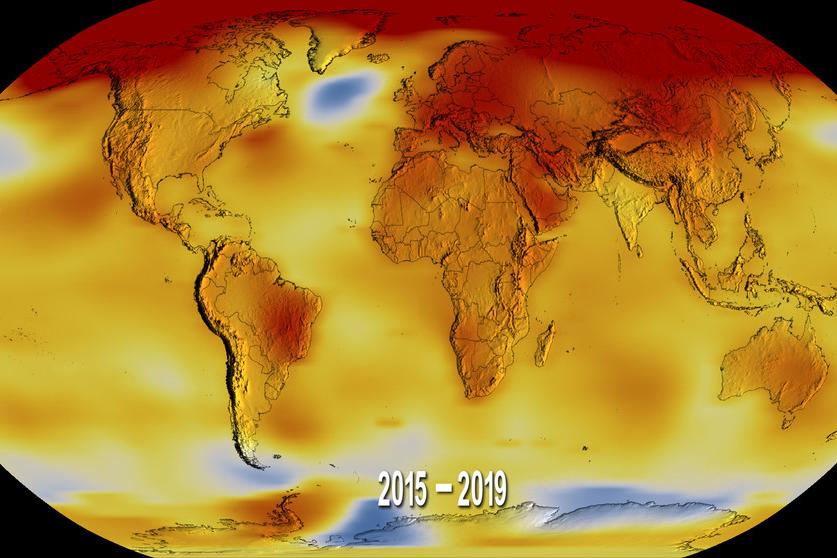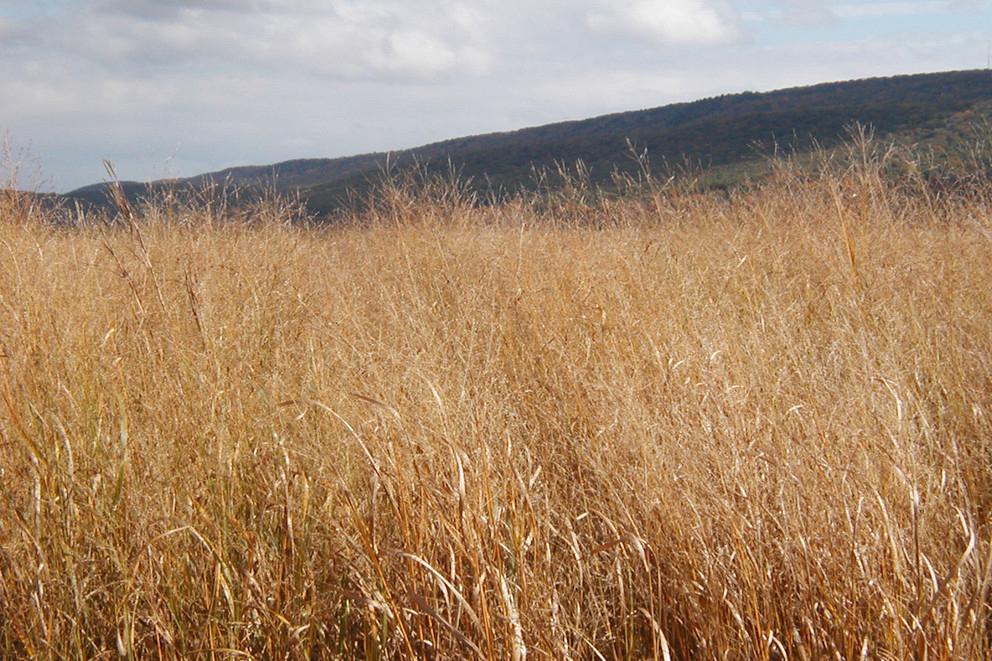Students discovered the power of community voice while working as interns over the summer through a social justice program facilitated by the Penn State Center Philadelphia, a Penn State Outreach service.
Eighteen students were named National Science Foundation (NSF) Graduate Research Fellowship Program (GRFP) recipients for the 2020-21 academic year.
Bo Wang, who earned his doctorate in materials science and engineering from Penn State in August 2020, is the recipient of a Gold Graduate Student Award from the Materials Research Society (MRS).
The Earth System Science Center has announced the lineup for its fall 2020 Climate Dynamics seminar series.
A stretchable, wearable gas sensor for environmental sensing has been developed and tested by researchers at Penn State, Northeastern University and five universities in China.
Barbara DeClerck knows which way the wind blows. A meteorologist with the National Weather Service, DeClerck provides daily wind forecasts to help airplanes land on time at one of the busiest airports in the world.
The Penn State Center for Security Research and Education (CSRE) is announcing its Fall 2020 Grant Program to support security-related scholarship and educational programs at Penn State. University faculty and researchers are eligible to apply by Nov. 2.
Plant-based biofuels can play a key role in reducing greenhouse gas emissions and removing excess carbon dioxide from the atmosphere, and growing these crops in certain landscapes offers net climate benefits compared to other land use options, according to a team of international scientists.
In the search for a reliable, quick-charging, cold-weather battery for automobiles, a self-assembling, thin layer of electrochemically active molecules may be the solution, according to a team of researchers.
Plagues of locusts, containing millions of insects, fly across the sky to attack crops, but the individual insects do not collide with each other within these massive swarms. Now a team of engineers is creating a low-power collision detector that mimics the locust avoidance response and could help robots, drones and even self-driving cars avoid collisions.











